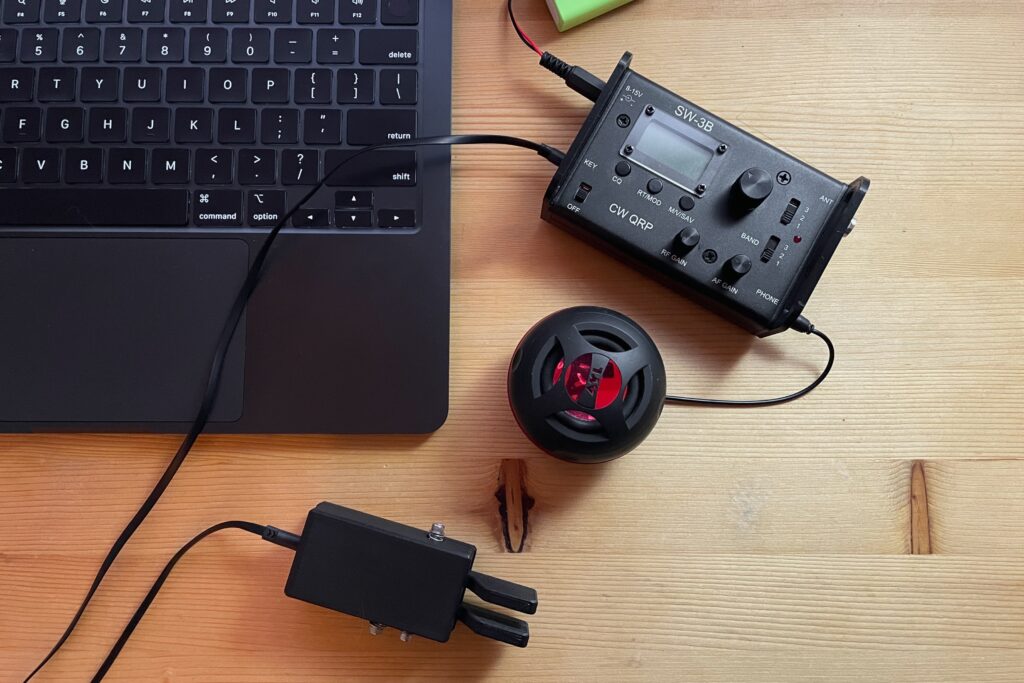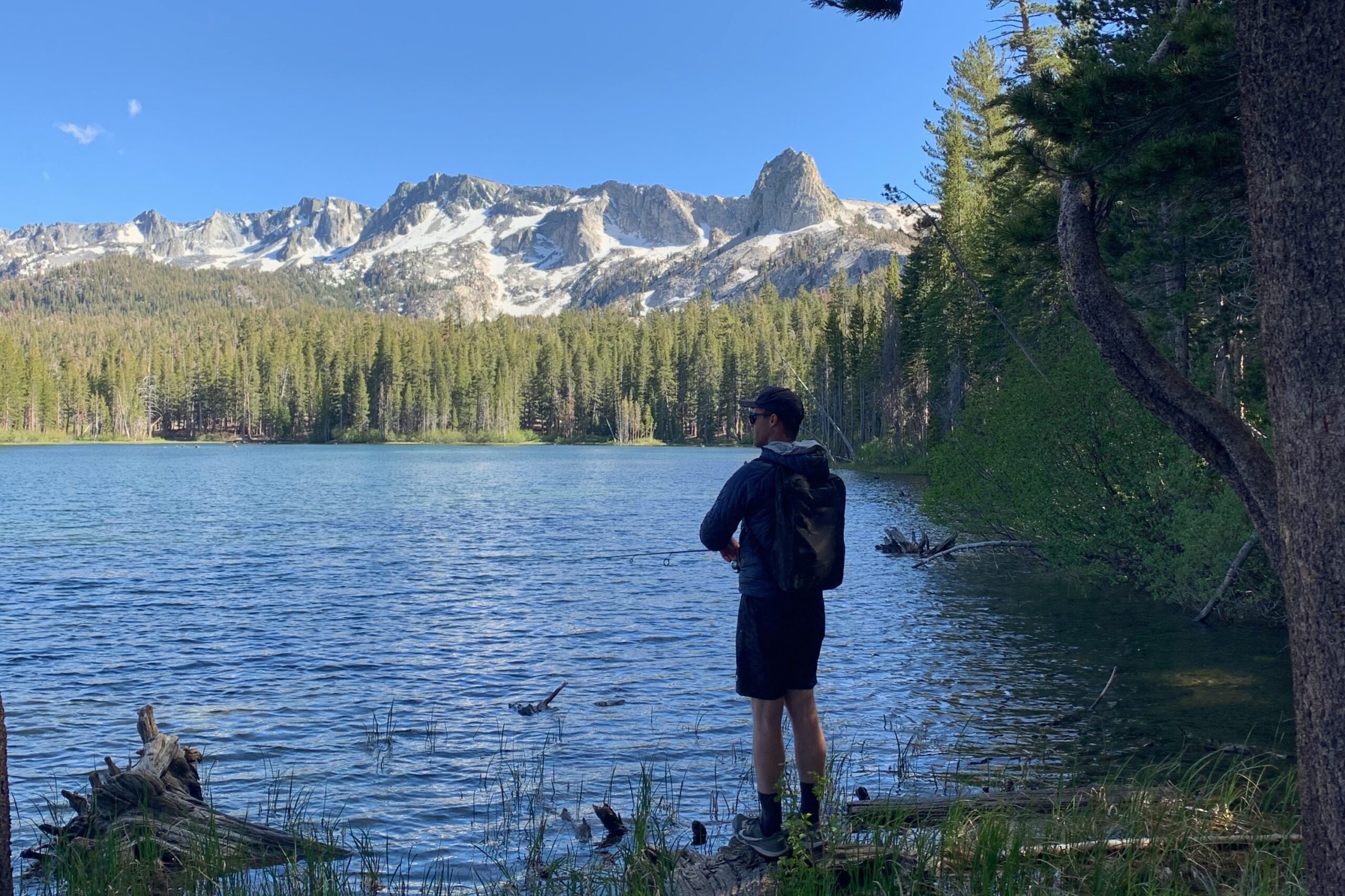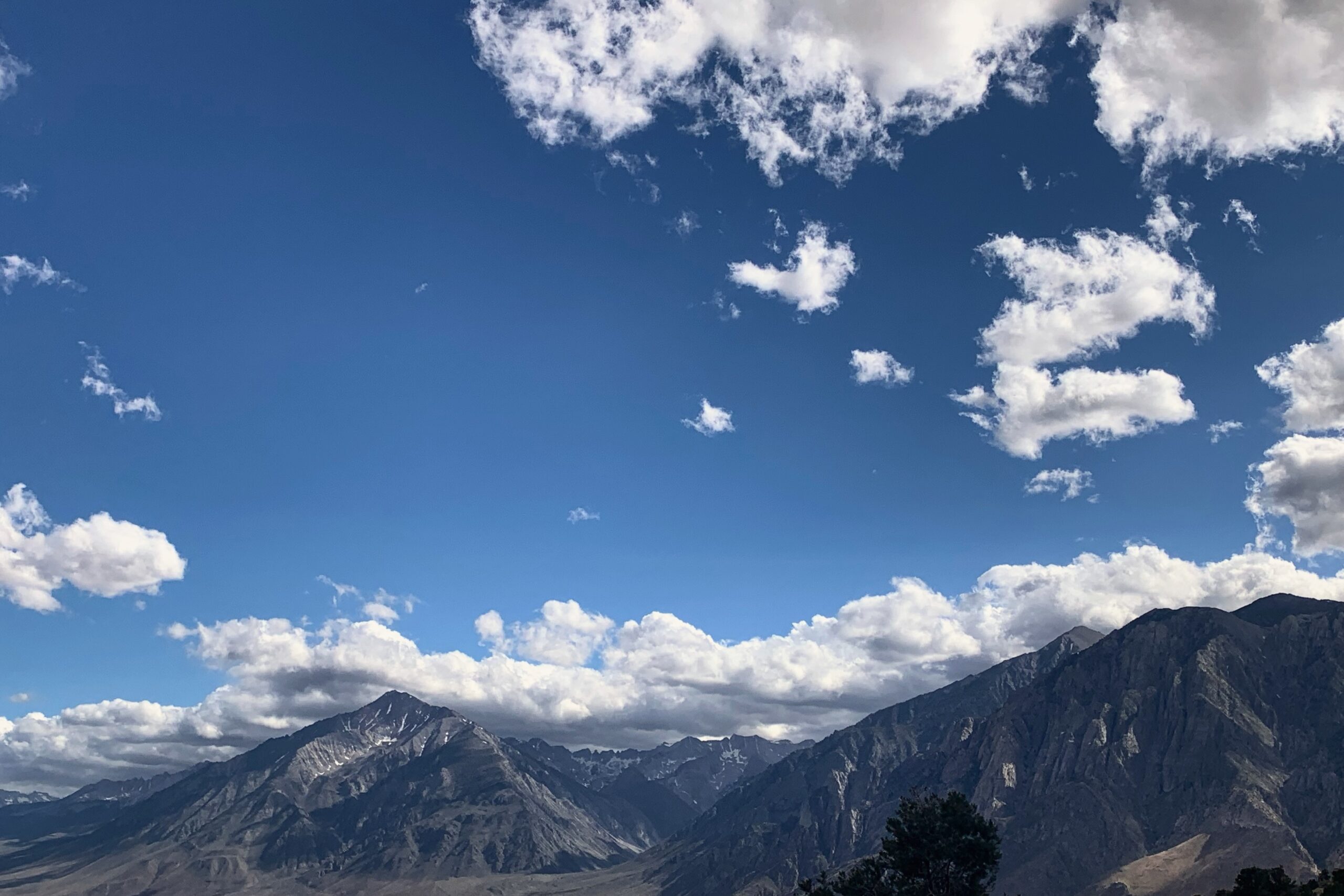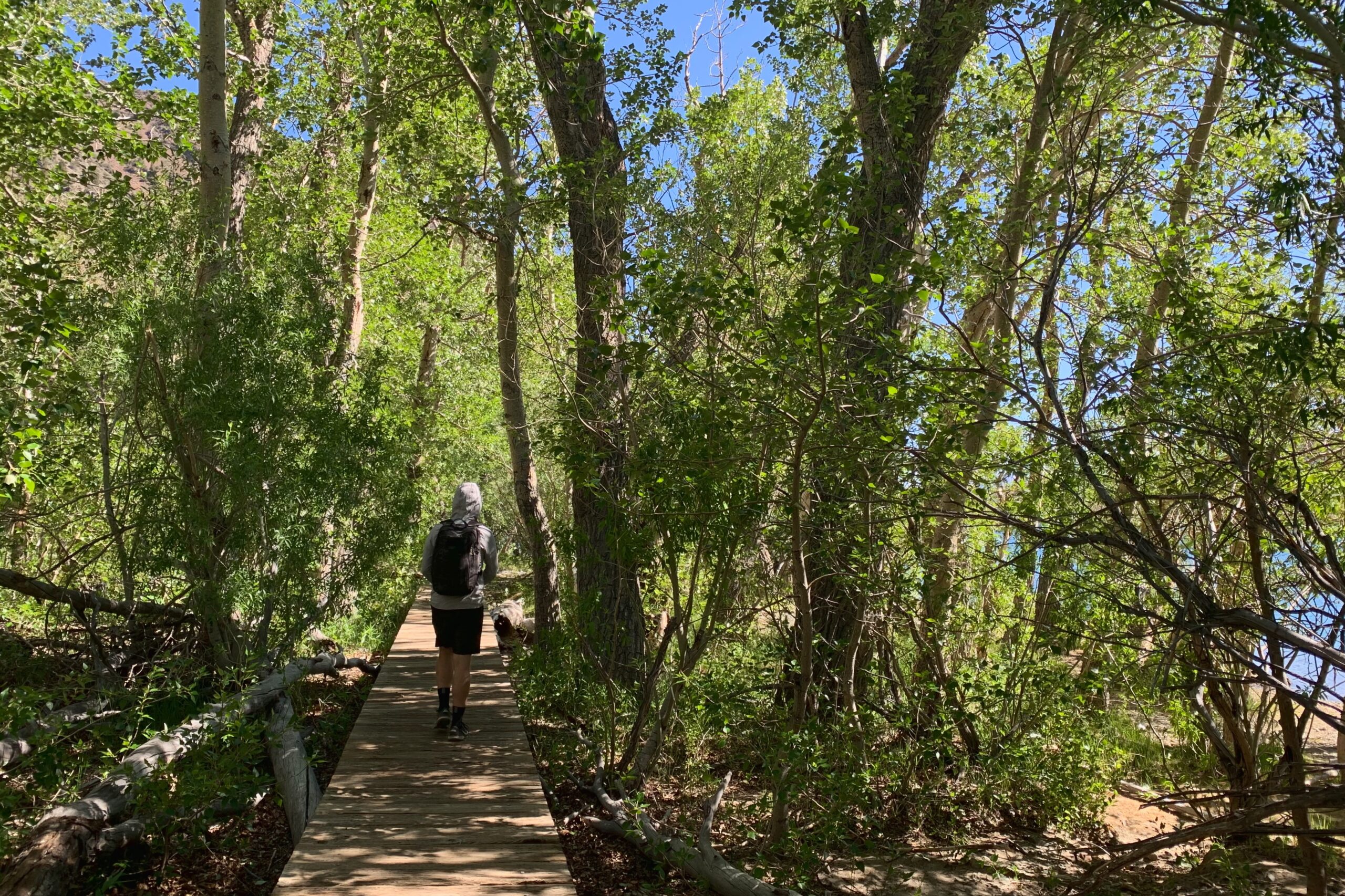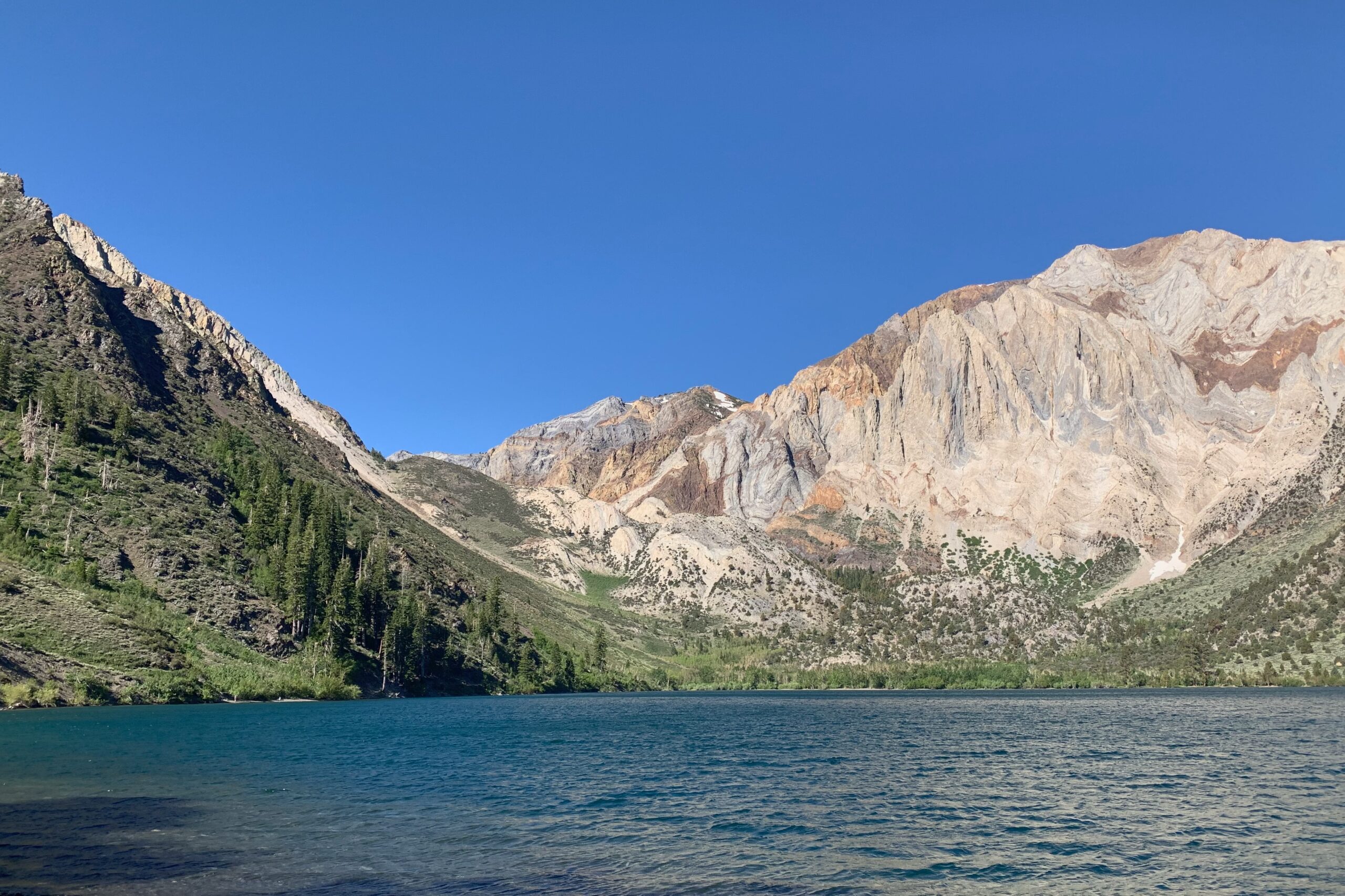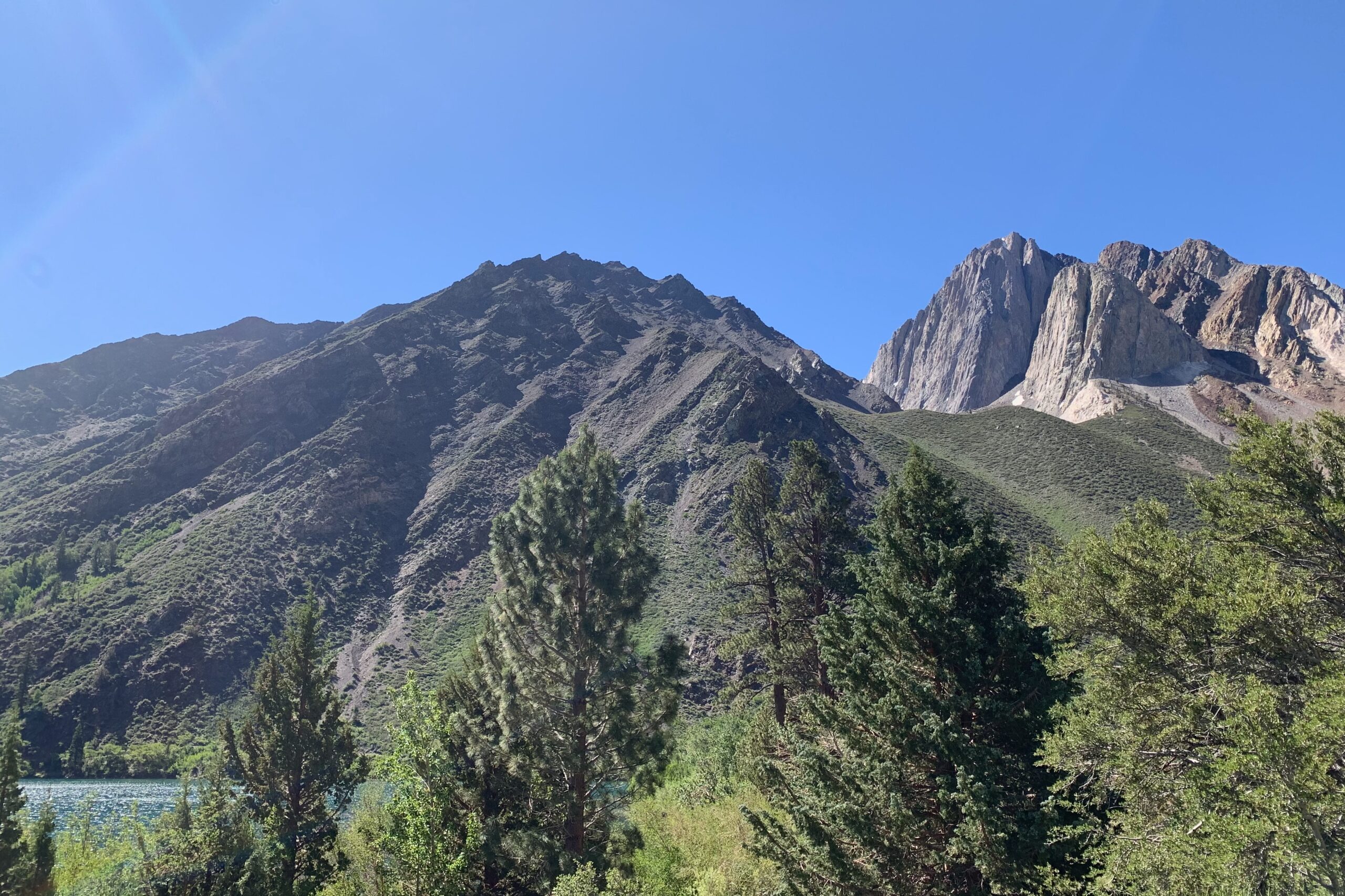Moving through the CW Academy basic course, I’ve been surprised by the lack of information about operating as a Technician. I am the only Technician license holder in my class and when I mentioned it, I was met with curiosity about how I intended to use Morse Code on the air. Maybe the frequency allocations have changed over the years, but I took the opportunity to share current info about Technician band privileges and why I started learning CW in the first place… I needed my signal to go further. I had two choices, I could get my General license to use SSB on HF, or I could learn Morse Code and use CW on HF. I chose to learn Morse Code. As a Technician, I’m able to use CW on portions of the 80M, 40M, 15M, and 10M bands. I only have a 40M antenna at this point, but with all the bands available to me, I shouldn’t have a problem activating summits.
If you’re just getting into amateur radio and you only have your Technician license, I highly encourage you to learn Morse Code. It maximizes your band privileges and it’s also very fun. I fully intend to get the absolute most out of my Technician license.
For those wondering what equipment I’m using to get through the basic CW Academy class, I’m keeping it as simple as possible right now and only using what I currently have without buying a bunch of extra gear. I use a Venus SW-3B and a small portable speaker to send a sidetone over Zoom during classes. The key I’m using is a CW Morse Double Paddle. With the SW-3B, if you move your tx frequency out of band, the radio will produce a side tone but won’t transmit. If you’re worried you can always hook up a dummy load as well, but I’ve put plenty of hours on it using this method with a 9V battery sans dummy load and it seems to hold up fine.
